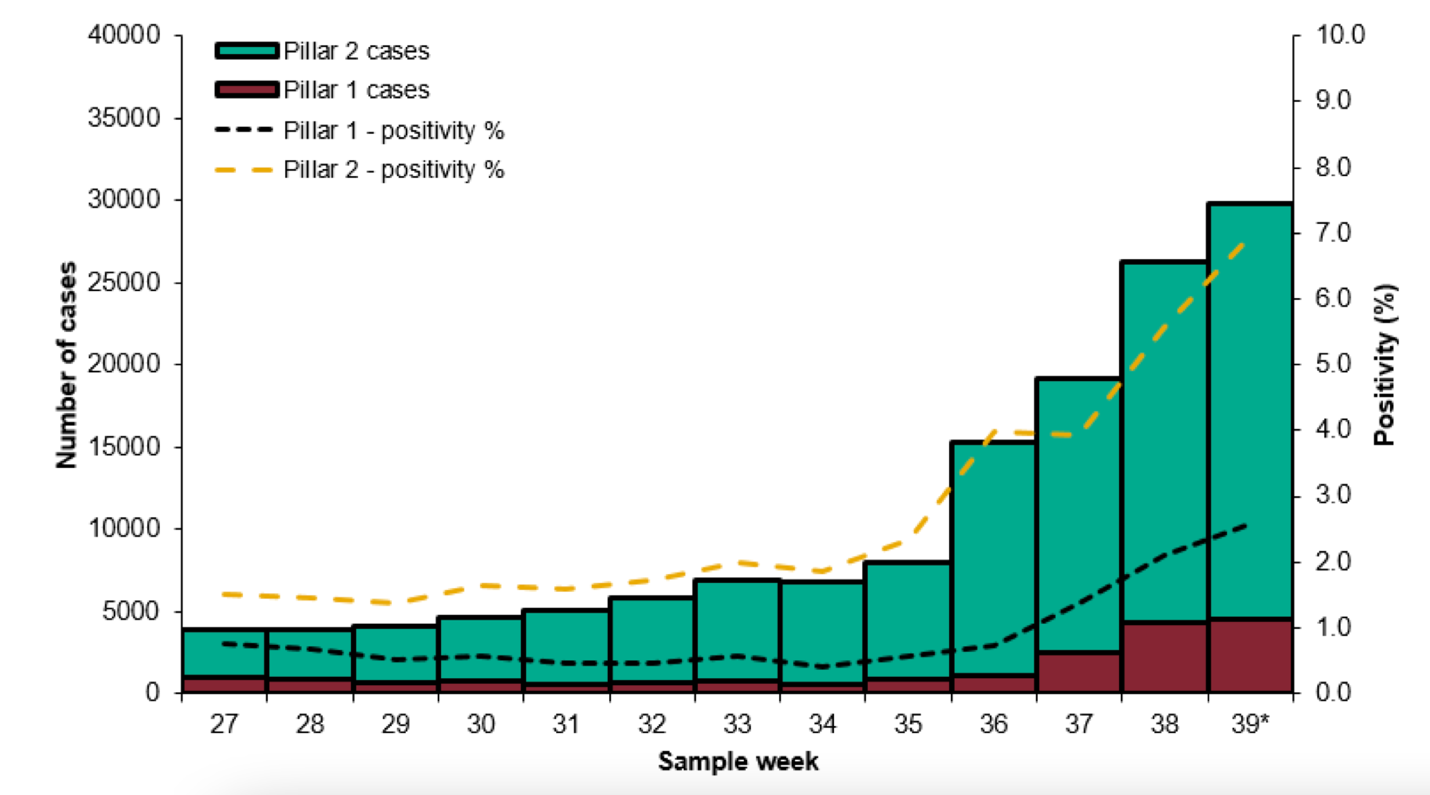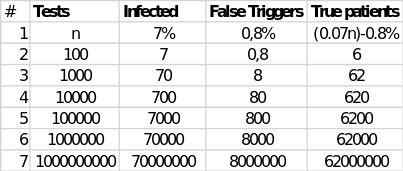In an era of coronavirus pandemics, statistical issues are indeed sensitive, as often the finite number called a politician from the rostrum, a live TV presenter, or an influencer is due to political manipulation rather than real calculation. For example, when authorities need to close a city and restrict the movement of citizens, they may report an increase in the frequency of new cases. While such actions seem naive and easy to read, some statistics do raise questions. On September 21, 2020, when the world was talking about the possibility of a second wave of Coronavirus, talkRadio’s hostess, J. Hartley-Brewer, confirmed that 90 percent of the COVID-19 tests were false (talkRADIO, 2020). In other words, even a positive test result does not guarantee a real disease: it means that the woman was manipulating the phenomenon of a “false test.” Although the general idea of her statement is acceptable, she made a fatal mistake in counting. However, this is not the only example of a misinterpretation of the test procedure: D. Swayne, MP, expressed concern that the banal increase in the number of tests distorts the data on the scale of diseases (“Coronavirus,” 2020). For instance, the man asked if there was a direct correlation between the increase in the number of tests and new cases’ growth.
In short, the host and politician said that people who do not have Coronavirus might actually have a positive test, and this is a problem. Obviously, such data causes distrust in the health care system and can even encourage people to abandon the recommended measures for wearing a mask, gloves, social distance, and hygiene. The mistake of such statements is that the speakers do not consider the mechanics of the testing procedure but only manipulate the phenomenon of false positives, resulting in incorrect numbers. Claiming an overstatement of the number of positive cases, the woman turns to random testing, which is not an absolutely logical step. As one knows, the main audience of tests for COVID-19 is those people who have health problems or demonstrate symptoms. Thus, if one tests 100 people and takes the number of positive tests equal to 7% (according to PHE, Fig. 1), it turns out that 7 of them have the virus. However, even if one operates with a false-positive index of 0.8 (according to Hartley-Brewer), about one case out of seven is false, which is not a great statistical problem. Scaling up to 100,000 tests will result in an error of 800 people out of 7000, which is still not a serious threat: it is only a random citizens’ home test, and in practice, the target patients are tested (Fig. 2).


References
Coronavirus. (2020). UK Parliament. Web.
PHE. (2020). Weekly coronavirus disease 2019 (COVID-19) surveillance report [PDF report].
talkRADIO. (2020). Julia Hartley-Brewer challenges Grant Shapps over coronavirus test false positive rate [Video]. YouTube. .